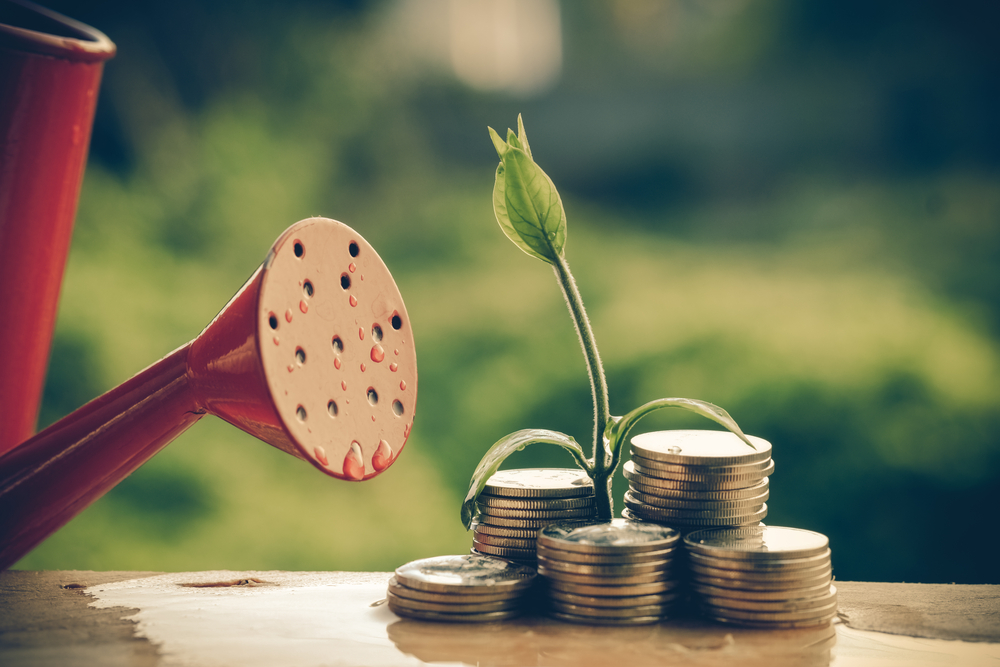
With a surge in regulations and restrictions surrounding COVID-19, we have entered unprecedented times on a universal scale. A year ago, Forbes said that the “global startup economy” constituted nearly $ 3 trillion in economic significance between 2016 and 2018. Now, billions of dollars of that economic value may trickle away, likely by the period.
“Chinese VC deals have narrowed between 50 and 57 percentage points since the outbreak of the crisis in the initial two months of the year, relative to the rest of the world. If a dive like that happens globally, even for just two months, roughly $28 billion in startup investment will go missing in 2020, with a theatrical impact on enterprises.”– Startup Genome.

The challenge continues, however, of navigating the ongoing investment scenario, and cruise through this unfamiliar landscape.
The jolt of COVID-19 on the investments in startup ecosystem
Most venture capital firms or angel investors recognize that COVID-19 will shift investment activity and planning. Just as many of us are observing how developments play out, many lenders still do not perceive specifically what will fluctuate in their 2020 plans, but investigations show that they will proceed with the investment allocation planned before the COVID-19 outbreak and will invest in the same stages as proposed before COVID-19.
We know that this health crisis may, unfortunately, hurt investments. And the average investor thinks the impact on early stage investing of COVID-19 will last from one to two years.

Investor interest is, however, rising in distinct industries affected by COVID-19, including healthcare and remote work solutions
Adapting to changes
Before focusing on the prevailing situation, it is essential to notice that there was a record number of VC funds raised in 2018 and 2019. Most of these funds are yet in their active investment cycle, and a great deal of them may proceed to drive investments for the remaining of this year and into 2021, considering typical active-investment periods. In the past two years, we have seen high levels of active seed and Series A funds, which shows that it is not all negative news for capital availability at this instance.

However, investors must now navigate market developments and the pandemic’s effects on an international scale, which may influence investment activity. VCs now have to not merely meet founders remotely, but they also have to decide among the firm remotely, which could add to the stagnation in investment. It is presumed that the deceleration may stay, at least for the latter two-to-three months because of the modifications these VCs have to make. And while there is capital available, innovators have to take their time to examine the next steps.

The true impact of COVID-19 and the prevalent market fluctuations may be perceived more in 2021, which means startups should plan now. There may be less active funds in 2021, as total funds raised in VC for early stage may receive a substantial step backward from the record highs we observed in 2018 and 2019.
Therefore, it is suggested that it is essential that startups to focus on their clients, manage burn, and belt in for the coming months. This advice aligns with what many investors think would help startups most during this time: reducing expenses, preparing for the fall and concentrating on the users.
Concentrate on the user
Now is the time to keep the spotlight on the customer, consumer needs, and consumer demands. Product and services should revolve around them, so be wary of making any changes or pivots that could negatively affect their experience. The startups should fit a consumer need and gap in the market, so stay on that track and continue to measure KPIs that show customer satisfaction in their product or service. Focus on providing pain killers, not vitamins. In any economic downturn, non-essentials are often the first to be dropped by customers. It is more important than ever for venture-funded companies to become an actual business and build on revenue.
Decrease costs
To prepare for a deterioration in investment, cut the easy opportunities. Unnecessary costs and spending should be assessed and eliminated at this position because investment will probably slow down next year, startups will require to increase their runway to last longer than expected.
Prepare for the coming months
While we can’t determine the true investment forecasts for the next two years, so startups should plot on an adjusted investment environment for the next 24 months. Preparing for this now will benefit companies stay afloat if capital availability wanes.
These are extraordinary times, but great startups are born regardless of the cycle. Some startups you hear today will grow into our next unicorns and centaurs; in fact, probability tells us that it is likely the case.
This blog is authored by Aryan Bharadwaj.
#Covid_19


